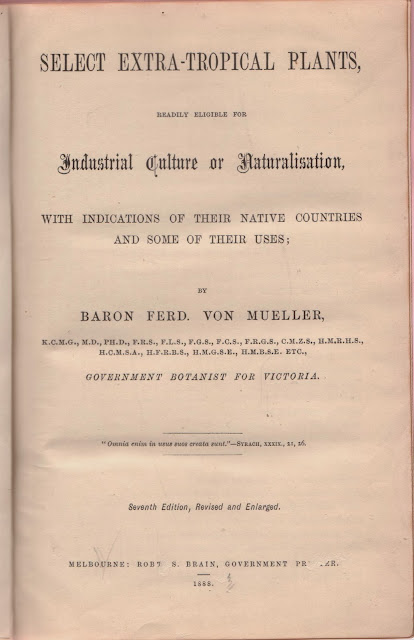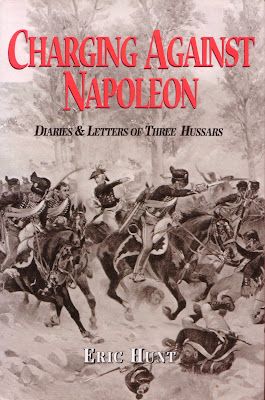Charging Against Napoleon: Diaries and Letters of Three
Hussars 1808-1815 by Eric Hunt.
Hardcover book published by Leo Cooper 2001, 290 pages with a few black
and white photographs, illustrations and maps.
Napoleon Bonaparte: England's Prisoner by Frank Giles. Hardcover book published by Carroll &
Graf 2001, 206 pages with some black and white illustrations.
This isn’t the first time I’ve written about Napoleon (click
here) and it probably wont be my last. I’m sitting here wondering how much do I
really know about the short bloke with the funny hat (not pictured above)? Not a lot. At a few points in my life, I have crossed
paths with Napoleon… not him personally, but more his legacy and the memory of
his achievements and failures. I’ll
start off with a visit to the Völkerschlachtdenkmal in Leipzig, East Germany
(now Germany).
My father was from a small village in Germany and on my
first visit to Europe I took it upon myself to visit my ancestral
homeland. Leipzig, being the closest big
city, was the starting point for my explorations and any visit to Leipzig
wasn’t and isn’t complete with a visit to the Völkerschlachtdenkmal. It’s a large imposing memorial to the 1813 Battle
of Leipzig and commemorates Napoleon's defeat.
In a park nearby there was a small museum (it might still be there)
containing a large replica battlefield… sort of like toy soldiers on a large
table. Personally I found the Völkerschlachtdenkmal
and it’s dramatic appearance impressive, the little museum was a little boring
although I guess it did serve a purpose.
There is something about standing on a former Napoleonic battle field
that is a little strange to someone born in Australia. I guess it has to do with the lack of large
scale warfare on Australian soil.*
Needless to say, I did get the point that Napoleon had been there and
it’s obviously something I haven’t forgotten.
(I had lunch at a nearby East German workers cafeteria after the visit…
which is also something I haven’t forgotten.)
Now for the absurd. A
few years after this visit and I was working in a disturbingly quiet retail business
where things at times got incredibly boring during the disturbing quietness. One of my co workers decided that we needed
to spice up our lives and bring a little bit of history to work. So, he suggested that we each bring a
Napoleonic fact to work once a week and discuss. Looking back, I can’t believe that I agreed
on something as stupid as this, although at the time I thought it was a crazy
enough idea to go along with it. This is
the sort of thing that you don’t forget about a job and the people you work
with. What I have forgotten is all the
Napoleonic facts that we discussed. They
must have been good.
From experience there are quite a few books about the Little
Corsican (… less books about East German workers cafeterias). Of the two
books that I’m meant to be writing about here, one is directly about him and
his time as a prisoner of the British on St Helena which is not the St Helena
prison island off the coast of Queensland but rather the Volcanic island in the
South Atlantic (… I’m sure the South Atlantic weather is not as nice as Queensland). Apparently Boney thought he was
going to be living peacefully in the English countryside. Boy, was he in for a shock. From the minimal Napoleonic facts that I know
(or remember), this time that he spent on St Helena is an important part of the
Napoleonic legend and I guess that’s why Frank Giles decided to write a book about
it.
“Charging Against Napoleon” is a look at Napoleon from the
other side of the battlefield and is historically a little bit earlier than the
other book. Three officers of the 18th
Hussars (British) wrote letters and kept diaries that Eric Hunt has carefully
compiled into one readable volume. These guys (excluding Eric Hunt) were there
at Waterloo and at the occupation of Paris of which the significance is fairly
obvious. Even if like myself you don’t
have all the Napoleonic facts, this is impressive. I like the fact that this book is based on
first hand accounts and if a near Napoleonic virgin like myself is impressed,
one can only assume that any au fait Napoleonic reader will get excited by it.
I enjoyed finding these books, they are a nice thing to
sell… when they sell. Based on my past
experience they will sell but possibly not on line.
* Excluding the conflict with our indigenous people and
brief attacks against Australia during WWII.

































